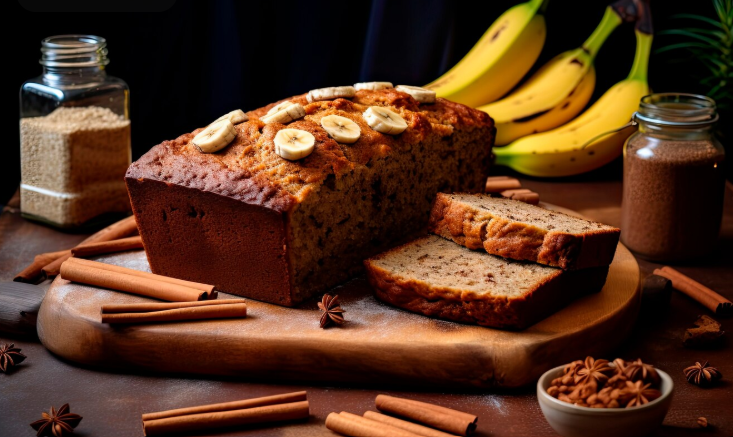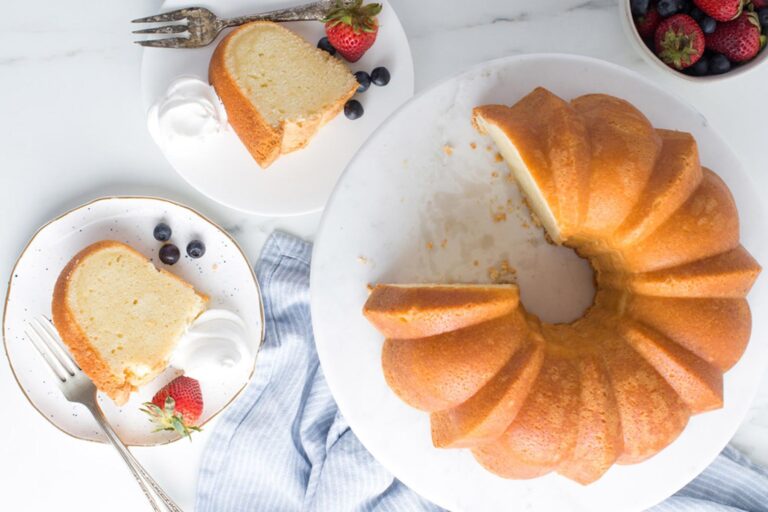The Ultimate Guide to Homemade Polish Pierogi Dumplings
Picture this: Steam rises from your kitchen counter as you carefully crimp the edges of delicate dough parcels, each one holding a treasure of creamy potato and cheese filling. Your hands work with growing confidence, guided by generations of Polish tradition. This isn’t merely cooking—you’re creating edible memories that will warm hearts and fill bellies for years to come.
Today, you’ll master the art of crafting authentic Polish pierogi dumplings from scratch, discovering why this beloved comfort food has captured hearts across the globe. Whether you’re reconnecting with your heritage or exploring new culinary territories, this comprehensive guide will transform your kitchen into a Polish grandmother’s domain.
Table of Contents
What Are Polish Pierogi Dumplings ?
Polish pierogi dumplings represent the soul of Eastern European comfort cuisine. These tender, crescent-shaped pockets of dough embrace various fillings, with potato and cheese standing as the most cherished combination. Unlike their Asian counterparts, pierogi possess a uniquely soft texture achieved through careful dough preparation and gentle cooking methods.
The cultural significance of these dumplings extends far beyond their nutritional value. They serve as edible bridges connecting families to their Polish roots, often appearing at Christmas Eve celebrations, Easter gatherings, and Sunday dinners where multiple generations share stories over steaming plates.
Essential Ingredients for Your Homemade Pierogi Recipe
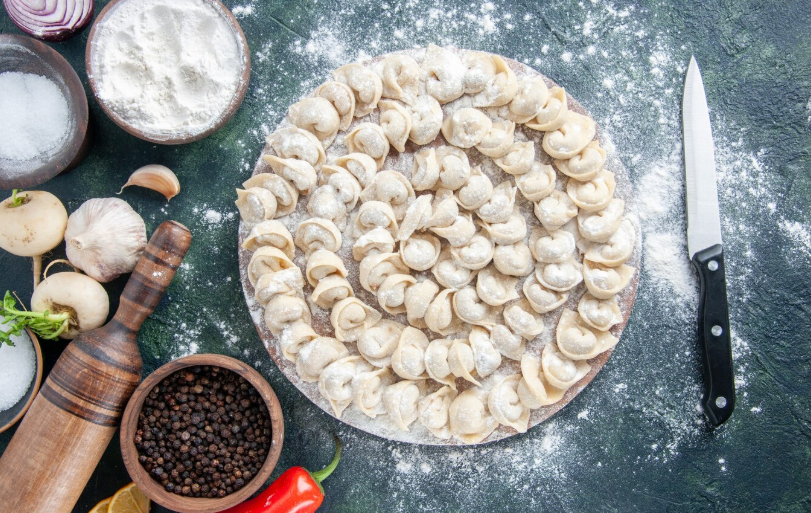
Pierogi Dough Components
| Ingredient | Quantity | Purpose |
|---|---|---|
| All-purpose flour | 3 cups | Creates structure |
| Large eggs | 2 whole | Adds richness and binding |
| Warm water | 1/2 cup | Provides moisture |
| Vegetable oil | 2 tablespoons | Ensures tenderness |
| Salt | 1 teaspoon | Enhances flavor |
Traditional Potato and Cheese Filling
| Ingredient | Quantity | Notes |
|---|---|---|
| Russet potatoes | 2 pounds | Best for fluffy texture |
| Farmer’s cheese | 8 ounces | Traditional choice |
| Yellow onion | 1 medium | Sautéed until golden |
| Butter | 3 tablespoons | For cooking onions |
| Salt and pepper | To taste | Season generously |
Step-by-Step Homemade Pierogi Recipe
Preparing Your Pierogi Dough
Begin by combining flour and salt in a large mixing bowl. Create a well in the center, then crack your eggs directly into this crater. Pour warm water and oil around the eggs, then gradually incorporate the flour using a fork. Once the mixture becomes too thick for stirring, transfer it to a clean surface.
Knead the dough for eight to ten minutes until it transforms into a smooth, elastic ball. This process develops the gluten structure that gives pierogi their characteristic chewy texture. Wrap your dough in plastic wrap and allow it to rest for thirty minutes—this relaxation period makes rolling significantly easier.
Creating the Perfect Potato and Cheese Filling
While your dough rests, peel and quarter your potatoes. Boil them in salted water until fork-tender, approximately fifteen to twenty minutes. Meanwhile, dice your onion and sauté it in butter until it reaches a beautiful golden color, releasing its sweet aroma throughout your kitchen.
Drain the potatoes thoroughly and mash them until completely smooth. Allow them to cool slightly before folding in the farmer’s cheese and sautéed onions. Season generously with salt and pepper, tasting as you go. The filling should be rich and well-seasoned, as the dough will dilute these flavors slightly.
Assembly Techniques for Perfect Results
Divide your rested dough into quarters for easier handling. Roll each portion into a thin sheet, approximately one-eighth inch thick. Using a round cookie cutter or glass, cut circles measuring three to four inches in diameter.
Place one tablespoon of filling in the center of each circle. Fold the dough over to create a half-moon shape, then crimp the edges firmly with your fingers or a fork. Ensure complete sealing to prevent your pierogi from bursting during cooking.
Cooking Methods for Polish Pierogi Dumplings
Traditional Boiling Method
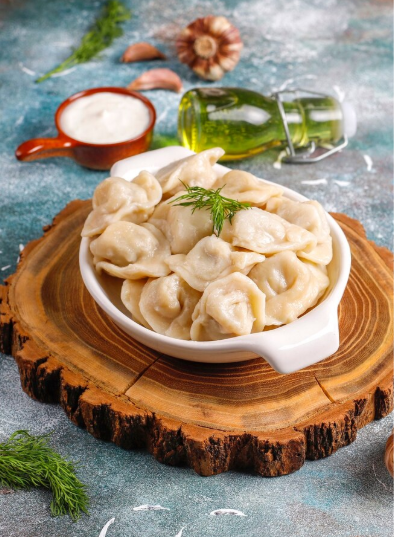
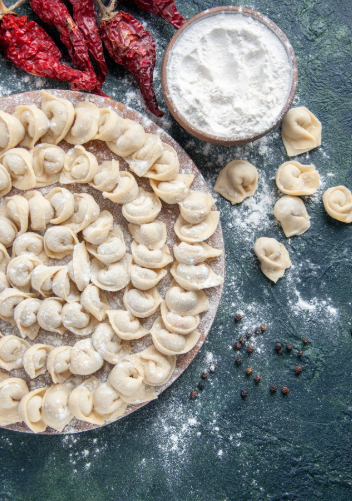
Bring a large pot of salted water to a gentle boil. Add your pierogi in small batches, avoiding overcrowding. They’ll sink initially, then float to the surface when nearly done. Continue cooking for two to three minutes after they float, then remove with a slotted spoon.
Pan-Frying for Golden Perfection
For enhanced flavor and texture, pan-fry your boiled pierogi in butter until golden brown on both sides. This creates a delightful contrast between the crispy exterior and tender interior that elevates the entire eating experience.
Serving Your Homemade Polish Pierogi
Traditional accompaniments include:
- Sautéed onions with butter
- Dollops of sour cream
- Fresh dill or chives
- Crispy bacon bits (optional)
These simple additions complement rather than compete with the pierogi’s delicate flavors, allowing the potato and cheese filling to shine.
Storage and Make-Ahead Tips
Your homemade pierogi freeze beautifully for future enjoyment. Arrange uncooked pierogi on a baking sheet, freeze until solid, then transfer to freezer bags. They’ll maintain quality for up to three months.
Cook frozen pierogi directly from the freezer, adding an extra minute or two to the boiling time. This convenience means you can always have a taste of Poland ready in your kitchen.
Troubleshooting Common Issues
If your dough cracks during rolling, it may be too dry—add water one teaspoon at a time. Conversely, sticky dough needs additional flour. Remember that humidity affects dough consistency, so adjust accordingly.
Pierogi bursting during cooking typically indicates overfilling or insufficient sealing. Use less filling and ensure complete edge closure for best results.
The Cultural Heart of Polish Cuisine
These dumplings carry stories within their tender folds—tales of Polish immigrants who brought their cherished recipes across oceans, adapting them to new ingredients while preserving their essential character. Each bite connects you to this rich culinary heritage.
Conclusion
Mastering homemade Polish pierogi dumplings transforms your kitchen into a bridge between past and present. This traditional potato and cheese recipe offers more than sustenance; it provides a tangible connection to Polish culture and family traditions.
Your journey with pierogi begins now. Gather your ingredients, clear your workspace, and prepare to create something truly special. The gentle rhythm of rolling, filling, and crimping will become meditation, while the aroma of cooking pierogi will fill your home with warmth and anticipation.
Ready to start your pierogi adventure? Share your creations with friends and family, and don’t forget to pass along this treasured recipe to the next generation. Your kitchen table is about to become the heart of your own Polish tradition.





